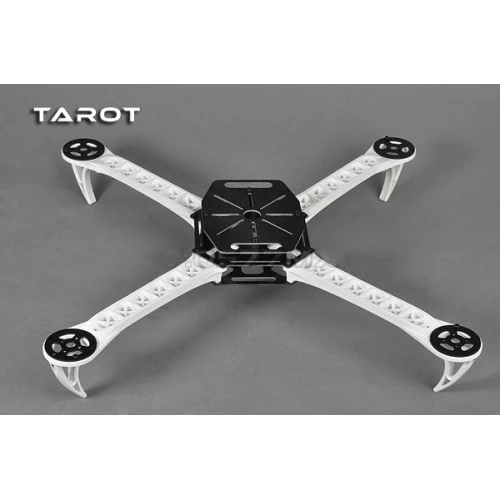

GPSīy using GPS, not only do you get the coordinates of your drone, you also get altitude data (although it’s more accurate with a barometer or sonar sensor). It’s useful if you switch frequently between flight modes like manual, self-level or loiter mode, so you don’t get confused what mode you are currently using. Shows the current flight mode of your quadcopter. Some OSD allows you to set up alarms, to alert you when critical values are reached, such as the battery voltage level, or RSSI being too low and so on. RSSI is the indication of your radio signal strength, usually displayed as a percentage in OSD. The further you fly away the weaker the signal will be, with this info you know when you should head back. As long as your current meter has been properly configured, the total “mAh drawn” is actually a more reliable indicator than voltage for determining how much of your battery capacity you have used.įurther Reading: When to land a quadcopter? RSSI With a current sensor you will be able to monitor how much current is being drawn from your LiPo battery, and the total mAh consumed during a flight.

Remember that LiPo batteries suffer from voltage “sag” so with high throttle inputs your voltage will drop quickly but will usually recover slightly when the throttle is returned to a lower level. Battery voltage reminds the pilot to land before over-discharging the battery. This is the most basic and essential feature of an OSD, therefore nearly all OSD units support voltage reading. Here are some of the most common types of data that are displayed in an OSD.ĭepending on the type of OSD you have, this could be “flight time” (from the second the multicopter is armed), or “on time” (from the second the quad is powered on).

Standalone external OSD The types of data can be displayed on OSD


 0 kommentar(er)
0 kommentar(er)
